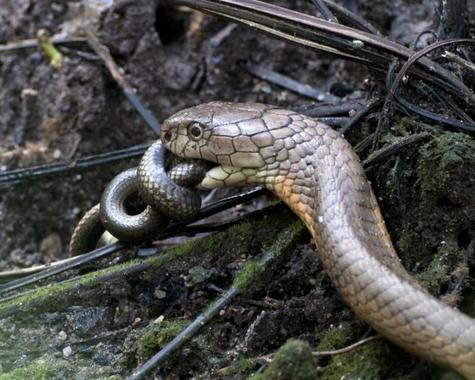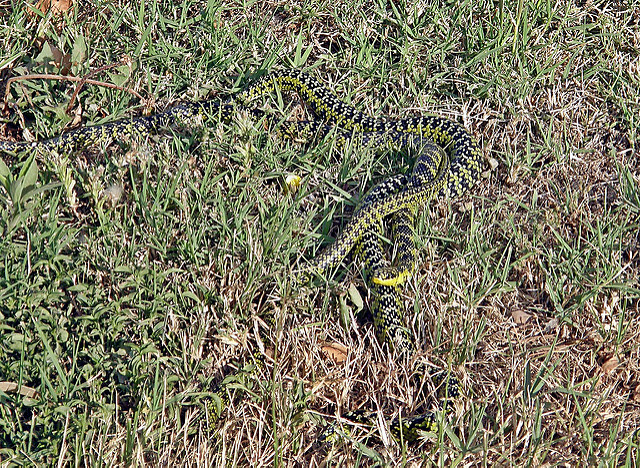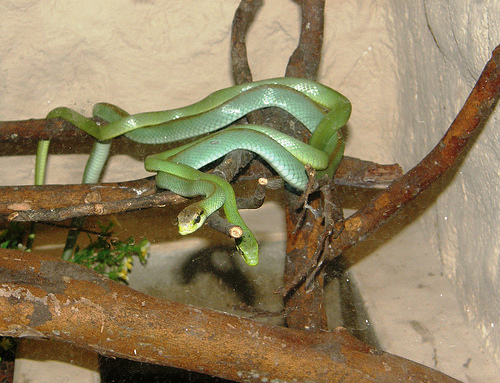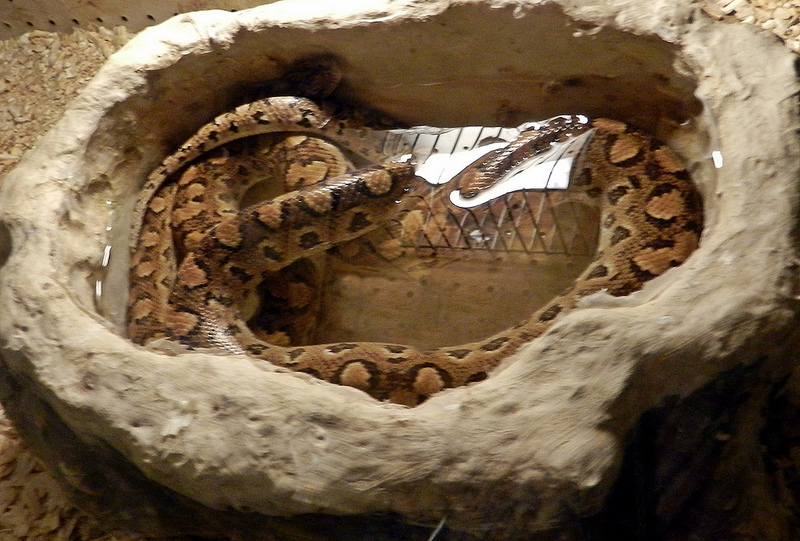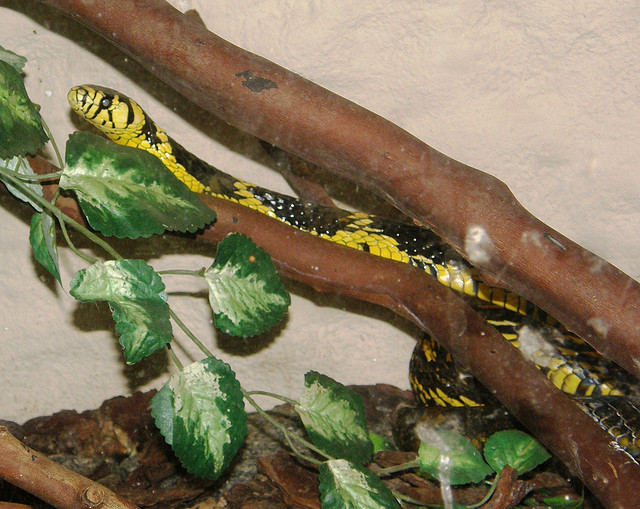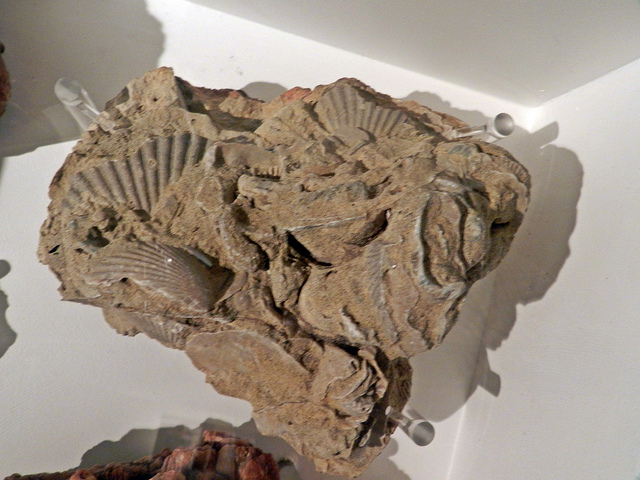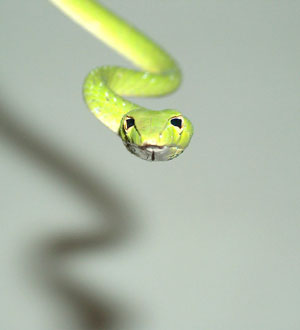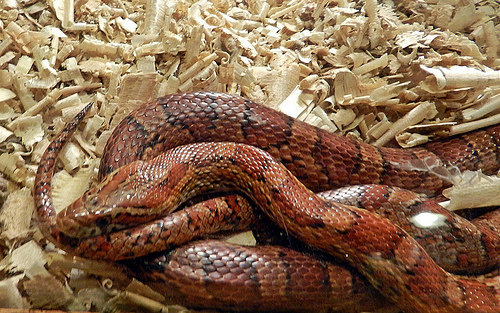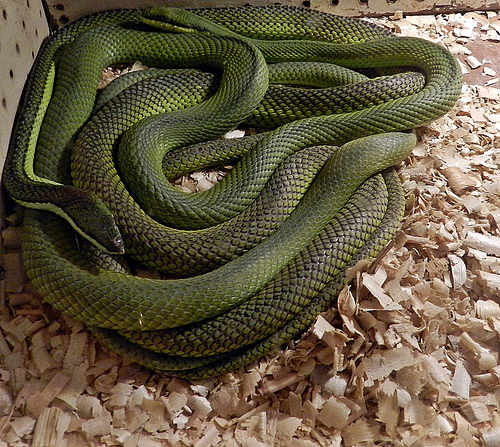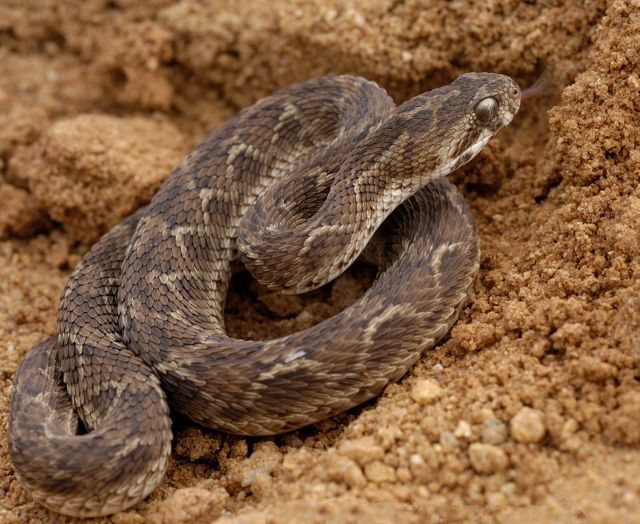Better analgesic effect of crotoxin by encapsulating it in nanostructured silica, study
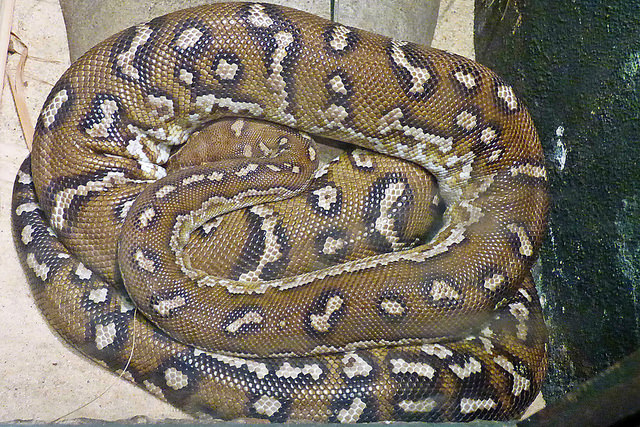
Novel formulation permits use of toxin from rattlesnake venom to treat chronic pain. eurekalert.org. February 14, 2020. Researchers Butantan Institute succeeded in reducing the toxicity and potentiating the analgesic effect of crotoxin by encapsulating it in nanostructured silica — the results of tests in an animal model of neuropathic pain are promising. CAPTION Crotoxin, extracted […]

